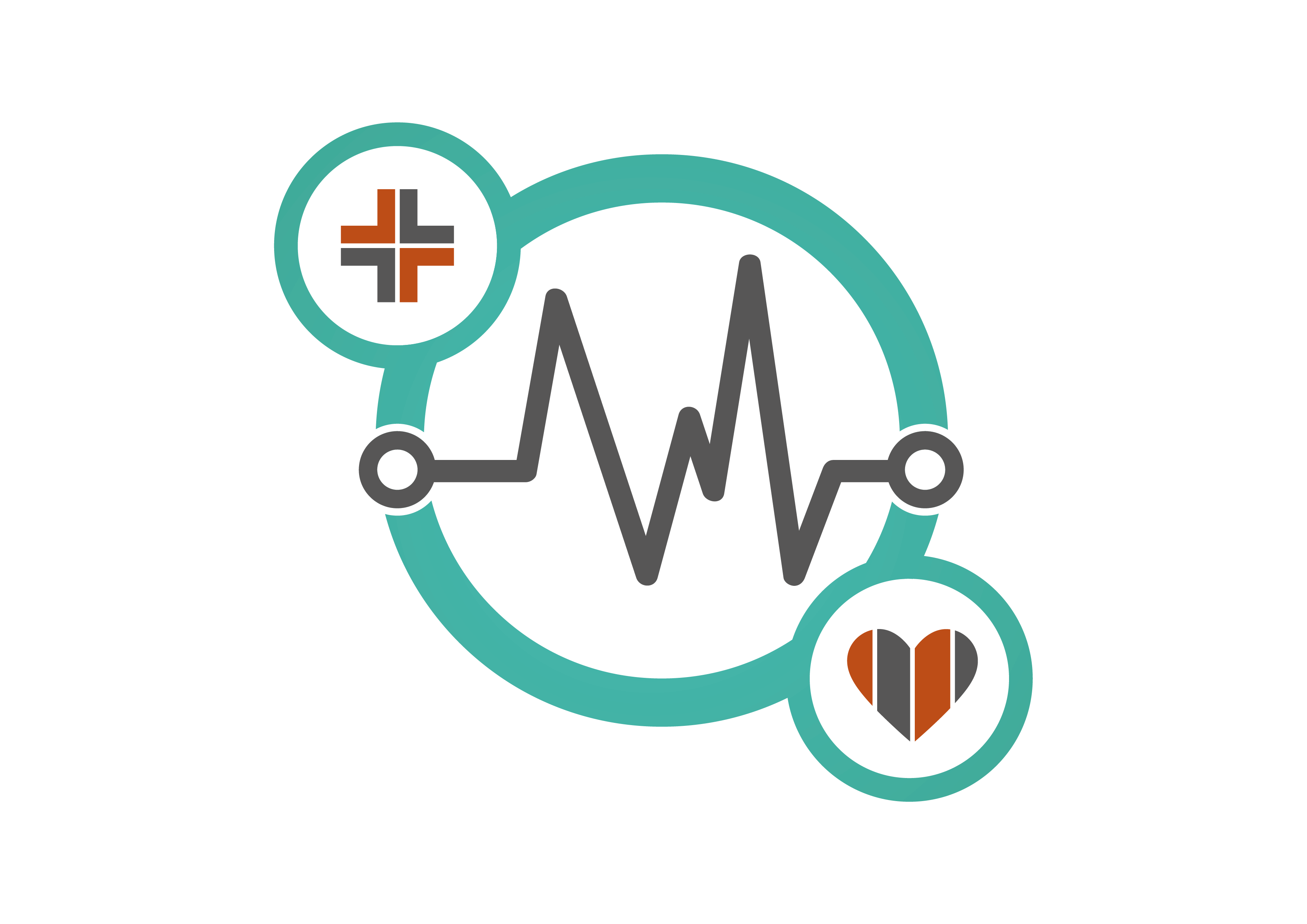Jon Pickering, CEO of Mizaic, explores the value of integrating an electronic document management system (EDMS) with electronic patient record (EPR) systems to enhance digital healthcare by addressing the challenges in historical data accessibility and fostering seamless interoperability between systems.

In the dynamic landscape of healthcare, the integration of electronic patient record (EPR) systems and an electronic document management system (EDMS) emerges as a pivotal strategy in the Digital Transformation of the NHS, propelling the NHS towards a digitally empowered future.
While current EPR platform deployments signify significant progress in digitisation – as part of the government’s goal to become paperless – the lack of interoperability between systems and the persistent reliance on historic paper records present formidable challenges. This is where an EDMS steps in.
But before we delve deeper, it’s crucial to tackle a prevalent misunderstanding regarding the terminology used in the context of electronic patient records. Frequently, the term ‘EPR’ is used in conjunction with ‘EPR systems’, confusing their distinct roles within the healthcare ecosystem. Hence, when discussing the transition towards a paperless and digital NHS and the path to realising this vision, clarity becomes essential.
Defining EPR
The misconception arises when the term ‘EPR’ is used interchangeably with ‘EPR systems’, leading to the belief that an EPR system alone constitutes the entirety of the electronic patient record. However, this oversimplification fails to acknowledge the comprehensive nature of the EPR, which extends beyond the capabilities of any single software solution.
The term ‘EPR’ stands for electronic patient record, referring to the entire end-to-end digital patient record, encompassing all aspects of a patient’s medical history and ongoing treatment, from initial consultation to ongoing management. And EPR systems and EDMS are both part of this journey.
Understanding EPR systems
Meanwhile, an ‘EPR system’ refers to the specific technology platforms or software solutions designed to facilitate the creation, storage and retrieval of day-forward patient medical information. They serve as repositories for structured patient data, offering standardisation and accessibility.
While they are integral components of the broader EPR ecosystem, it’s essential to recognise that EPR solutions are just one piece of the puzzle. They play a crucial role in providing healthcare professionals with the tools and infrastructure needed to manage day-forward patient data effectively. However, they do not encompass the entire breadth of information contained within the EPR and often fall short in managing historical patient information, leading to fragmented records and cumbersome retrieval processes. However, this is where an EDMS steps in.
Unpacking EDMS
Contrary to common misconceptions, EDMS surpasses mere archival functions, serving as a dynamic platform for accessing both scanned historical paper records and siloed information from legacy applications. By providing searchable, indexable access to structured and unstructured data, an EDMS facilitates real-time clinical decision making and enhances the efficiency of healthcare professionals at the point of care.
A clinically tailored EDMS enables the digitisation of patients’ physical medical records, streamlining processes by enabling hospitals to efficiently scan, index and archive these records. It also plays a pivotal role in consolidating ‘born digital’ documents, currently dispersed across various clinical silos, into a cohesive and searchable platform.
Upon ingestion of physical record notes into the EDMS, vital patient information is securely preserved, allowing for the subsequent safe destruction of paper documents following a standard 90-day retention period. This holistic approach not only addresses the limitations posed by constrained physical storage space in hospitals but also delivers substantial cost savings by eliminating the necessity for offsite storage facilities and associated transportation expenses.
Seamless synergy
The integration of EPR systems with an EDMS further highlights the multifaceted nature of the entire EPR ecosystem. While EPR systems focus on structured patient data, an EDMS complements this by providing access to unstructured data, such as scanned paper records and legacy documents. Together, EPR systems and the EDMS work in tandem to provide healthcare professionals with a comprehensive view of patient details, enabling informed decision making at the point of care.
The synergy between EPRs and EDMS is crucial for unlocking the full potential of digital healthcare. While some trusts may invest solely in an EPR platform or an EDMS, the effective functioning of EPRs necessitates the presence of EDMS to manage historical patient information seamlessly. This integration streamlines workflows, promotes data-driven decision making and contributes to a paperless environment.
Maximising EPR systems and EDMS integration for NHS digital evolution
Addressing the existing lack of understanding regarding the distinct roles of EPRs and an EDMS is essential for maximising their potential within the broader NHS digital strategy. By fostering interoperability and seamless integration, these technologies work harmoniously to enhance the efficiency, effectiveness and patient-centricity of healthcare delivery in the NHS.
The integration of EPRs and an EDMS represents a significant milestone in the digital transformation of the NHS. By leveraging the synergies between these systems, healthcare providers can enhance the quality of care, improve patient outcomes and drive operational efficiency.
With the right support and investment, EPRs and an EDMS have the potential to revolutionise healthcare delivery in the NHS and pave the way for a more sustainable and patient-centric future.


